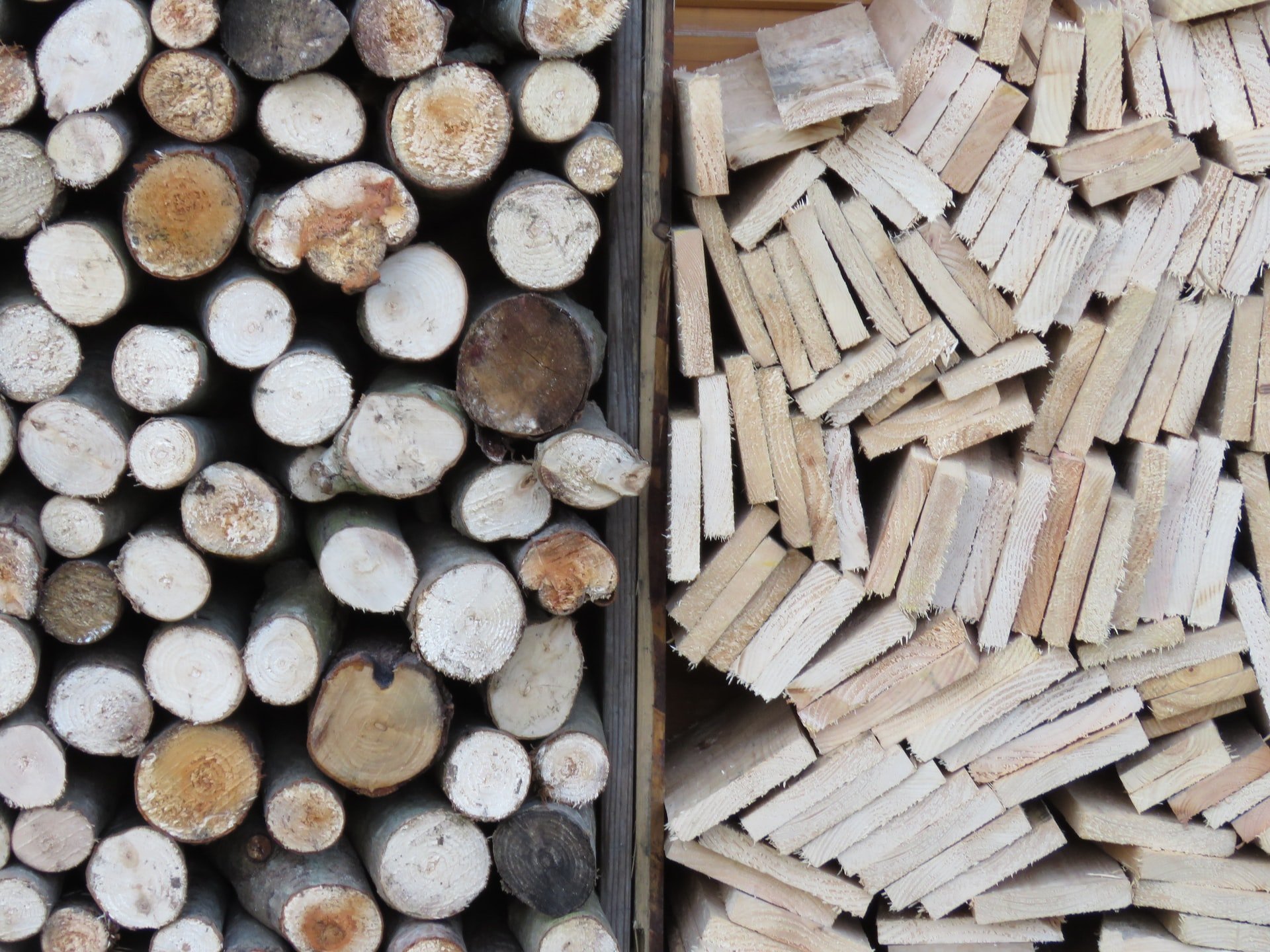Lumber Prices Are Finally Falling
After historic highs that crippled an already off-balance housing market, lumber costs are on their way back down.
In the last few months, a shortage of lumber sat in the way of building plans for countless families and businesses. A production slowdown during the pandemic finally caught up with the soaring demand for real estate, and prices climbed to show-stopping heights. Many people were left shifting their home building and renovation plans, looking into alternate materials for homes, decks, and other structures.
Finally, the price of lumber is on its way back to normal, but it’s not quite there yet. On May 28th 2021, prices sat at $1,515 per thousand board feet of lumber — a record high. At that time, Bank of America estimated that a new home would cost $34,000 more than it would have before the pandemic.
Last week, lumber prices fell to $1,113 per thousand board feet, a 27% decrease.
Supply and Demand Shifts
Various changes, many triggered by the pandemic, caused the lumber price hike that began in 2020.
Supply plummeted, due in part to voluntary shutdowns ahead of an expected economic downturn. Many sawmills also closed temporarily to prevent or respond to COVID-19 outbreaks. Even those that never closed were heavily impacted by staffing issues caused by exposure and other pandemic-related absences. Plus, winter storms early this year reduced the normal supply of oriented strand board, which is often used to make walls and floors.
At the same time, demand skyrocketed. Illustrating quite the opposite of the expected slump, the real estate market saw - and still sees - record activity. Low interest rates drove demand for homes up, and markets across the U.S. quickly became so competitive that many people searching for existing homes soon lost hope. Building gained the spotlight as a less stressful alternative, with fewer bidding wars and more options. That increase in demand for newly-built homes weighed heavily on slowly-producing sawmills.
In addition, staying at home for months during lockdown drew current homeowners’ attention to their own surroundings. Fewer opportunities for socializing and projects away from home meant more home improvement and DIY projects, many of which also required lumber.
The mix of low supply and high demand meant record high lumber prices.
Now, as the pandemic’s hold on our lifestyles and workplaces loosens, many sawmills and production facilities are back up and running at full capacity. Staffing is on its way back to normal. Fewer pandemic-related regulations mean smoother processes and steady increases in supply.
While the demand for homes and homebuilding isn’t going anywhere, reopenings across the country mean most people are spending less time on home projects. Demand overall has only shrunk a bit, but supply is beginning to move the needle toward catching up.
Looking Ahead
Although we’re on the right track, many experts do not see lumber prices getting back down to pre-pandemic levels anytime soon. We’ll likely see them continue to steadily fall, though, allowing many builders and homeowners to press play on their paused projects. For a while, consumers may not see the benefits of the prices dropping, since builders still need to work through their already-purchased (at a very high price) lumber inventory before beginning to purchase and use lumber at a lower price point.
With that in mind, it makes sense to plan for a slightly more expensive materials budget than would have been necessary in 2019, but waiting for lumber prices to drop all the way to their pre-COVID lows is likely a losing game. To account for still-elevated materials costs and budget accordingly, it’s essential to work on your homebuilding needs with a transparent team.
When you work with Atmos, you set your budget based on your priorities at the very beginning, and work with our team of experts to bring your dream home to life. Ready to get started? Begin your homebuilding journey today!

